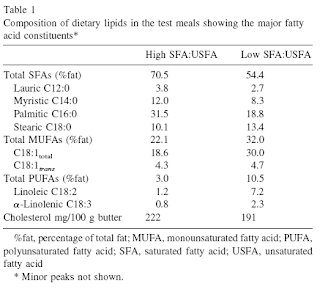Vitamin D and Crohn's disease
Vitamin D deficiency may actually contribute to Crohn's disease because the hormone modulates the immune system. According to endocrinologists at McGill University, vitamin D appears to turn on genes to encode antimicrobial peptides that fight against intestinal invaders (1). The immune support may help avoid inflammation associated with an autoimmune response in Cronh's disease. This may explain why Crohn's disease is more prevalent in Northern latitude countries. It also suggests that increased vitamin D could assist in avoiding Crohn's disease in the future. How do these findings affect what we know about ulcerative colitis? I hope we find out soon. Reference 1. McGill University Health Centre (2010, January 27). Vitamin D supplements could fight Crohn's disease. ScienceDaily. Retrieved March 31, 2010, from http://www.sciencedaily.com /releases/2010/01/100127104904.htm






